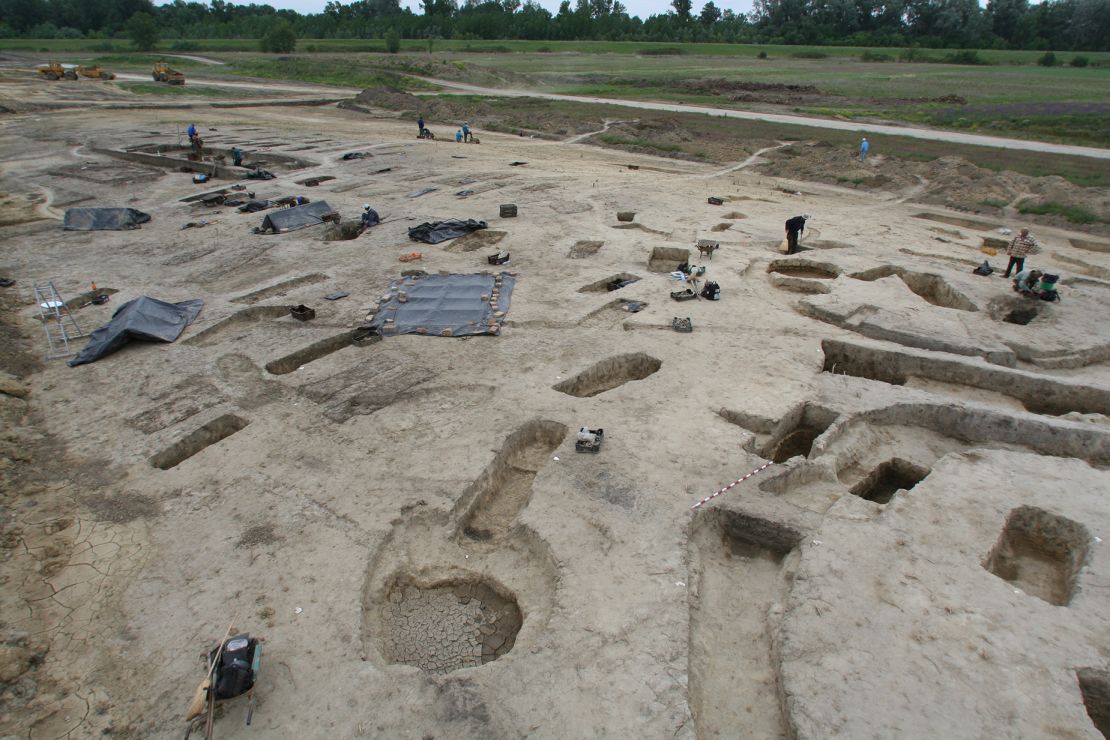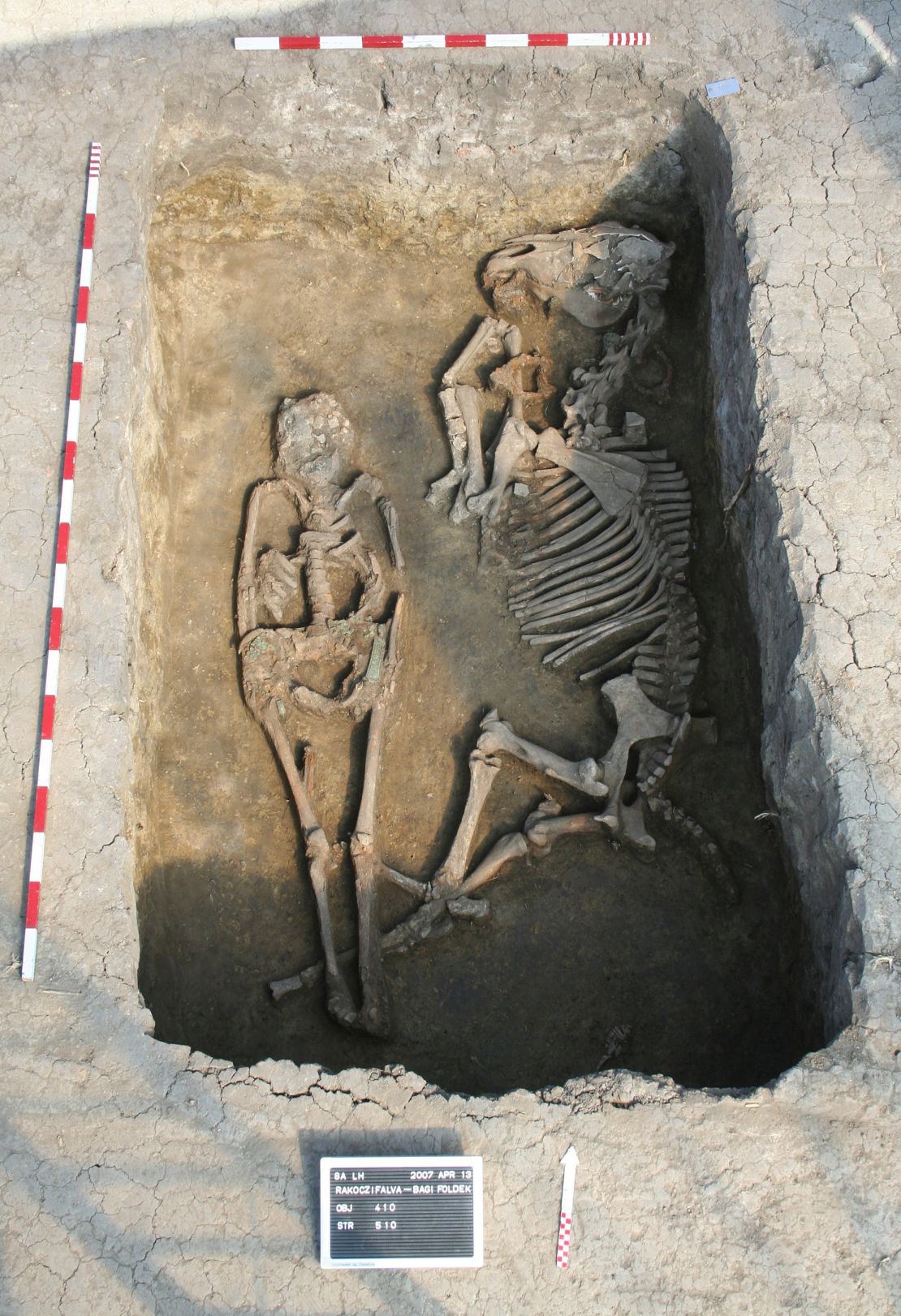According to a recent CNN report, groundbreaking analysis of ancient DNA samples from the Avars, a nomadic population hailing from the Eurasian Steppe, offers intriguing revelations into their social and marriage customs. Dominating eastern central Europe for 250 years from the mid-sixth to early ninth century A.D., the Avars left an indelible mark on history.
Exploring the History of the Avars
The Avars, hailing from eastern central Asia, rose to prominence from the 6th to the 9th century CE, exerting their influence across vast swathes of eastern central Europe. While celebrated by archaeologists for their distinctive belt garnitures, the broader narrative of the Avars often remains eclipsed by predecessors like the Huns. Nonetheless, the wealth of Avar burial sites offers invaluable glimpses into their cultural practices and societal norms. With over 100,000 Avar graves unearthed to date, these archaeological treasures provide fertile ground for exploration.

The Avars embarked on a transformative journey that saw them traverse from Mongolia to the Caucasus before finally settling in the Carpathian Basin of present-day Hungary between A.D. 567–568. Despite the excavation of numerous lavish Avar burials, complete with horses, saddles, and harnesses, written historical records documenting their way of life are notably absent.
Insights from DNA Analysis
In a comprehensive study led by Guido Alberto Gnecchi Ruscone of the Max Planck Institute for Evolutionary Anthropology, researchers delved into the genetic legacy of the Avars. DNA analysis of over 300 individuals buried across four Avar-period cemeteries in Hungary spanned nine generations, offering unprecedented insights into their societal structure.

Revealing Patrilineal Kinship
The study unveiled a complex system of patrilineal kinship among the Avars. Patrilocality was a common practice, with men typically remaining within their communities post-marriage. Female exogamy, where women married outside their own groups, fostered social cohesion between communities. Analysis of identity-by-descent DNA connections highlighted the diversity within the female lineage, indicating that women marrying into the Avar community hailed from distant regions yet shared a common “steppe” ancestry.

Intriguing Patterns of Marriage
The data also shed light on intriguing marriage patterns among the Avars. Men often had multiple partners, with closely related men frequently having offspring with the same women. In cases of widowhood, it was likely customary for widows to marry male family members to ensure the continuation of the paternal lineage.
Exploring Further
For those interested in delving deeper into the archaeology of the Avars, the original scholarly article detailing this groundbreaking research can be found in Nature. Additionally, “The Avars Advance” offers further insights into the rich history and culture of this enigmatic population.
As ancient DNA continues to unveil the mysteries of the past, the study of societies like the Avars provides invaluable insights into the complexities of human history and evolution.
